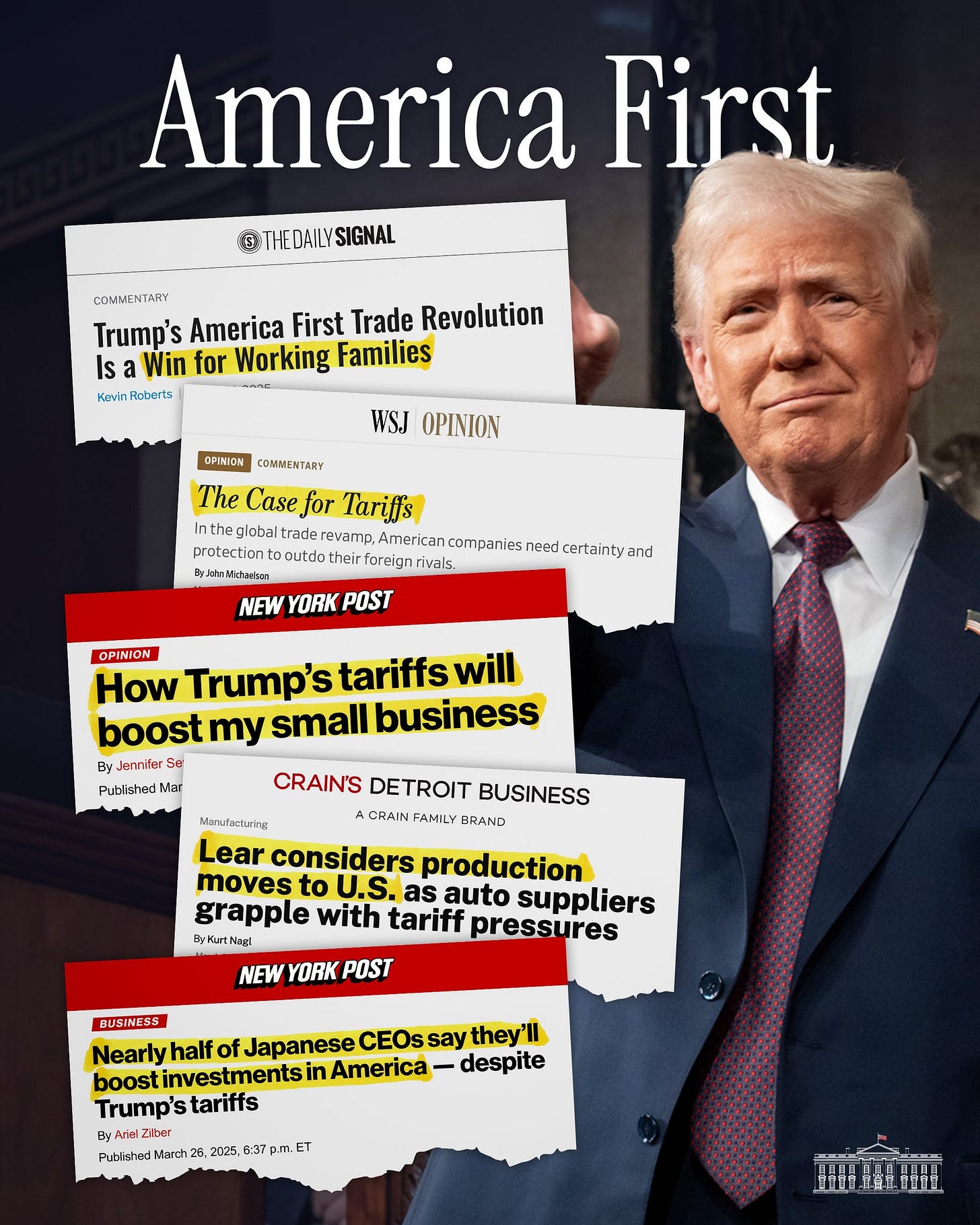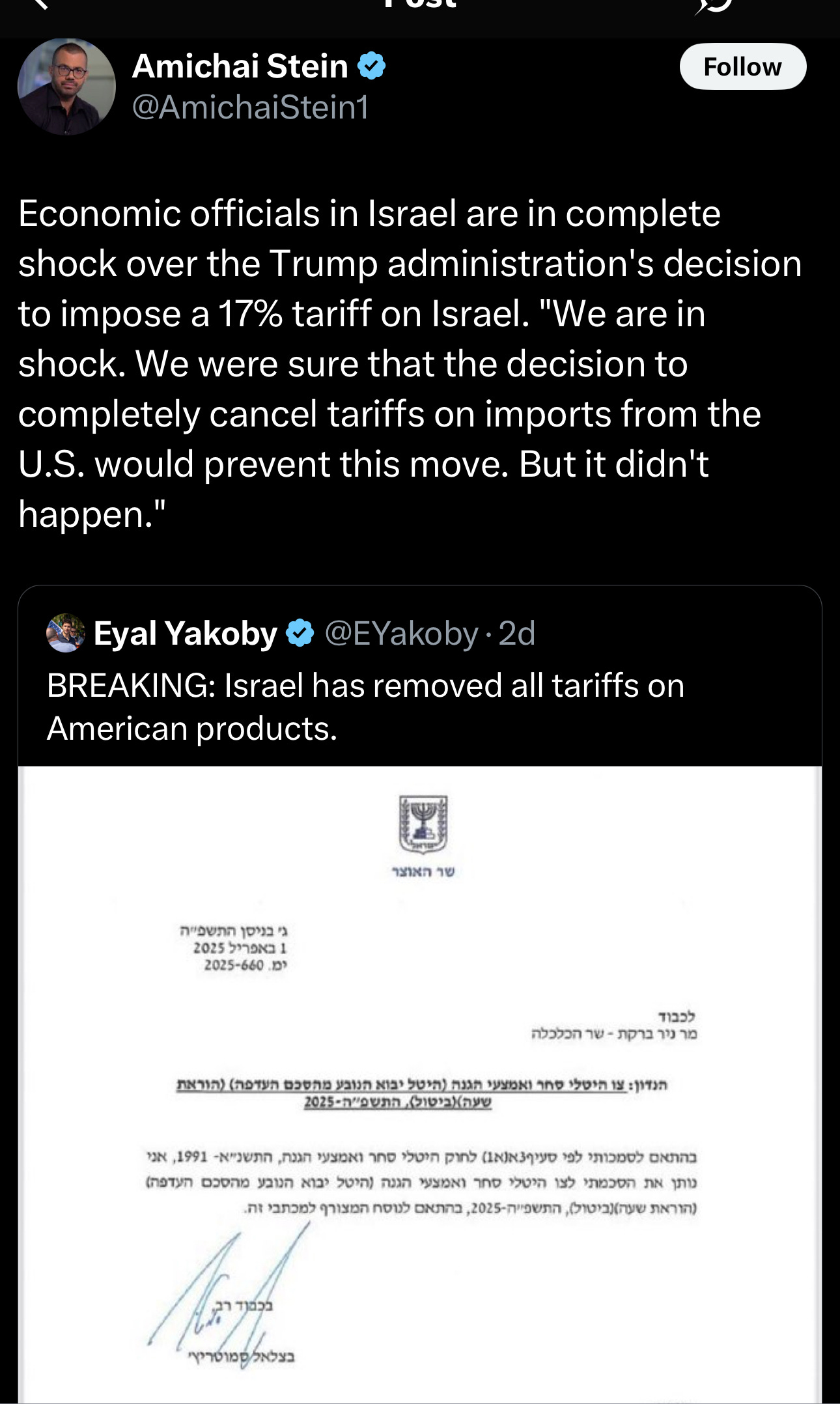Trump Tariff’s Breakdown
President Donald Trump has implemented a series of sweeping tariffs on imports into the United States, marking a significant shift in U.S. trade policy. These tariffs, announced on what Trump called "Liberation Day" (April 2, 2025), aim to boost American manufacturing, reduce trade deficits, and address perceived unfair trade practices by other countries.
Trump has imposed a baseline tariff of 10% on all goods imported into the U.S., effective April 5, 2025. Additionally, higher "reciprocal tariffs" target approximately 60 countries deemed the "worst offenders," with rates ranging up to 50%, effective April 9, 2025. Examples include 34% on China (on top of an existing 20%, totaling 54%), 20% on the European Union, 24% on Japan, and 26% on India. Smaller nations like Cambodia and Vietnam face rates of 49% and 46%, respectively.
Earlier in 2025, Trump introduced 25% tariffs on goods from Canada and Mexico (effective March 2025) under the International Emergency Economic Powers Act (IEEPA), citing drug trafficking and immigration concerns. These remain in place, though USMCA-compliant goods are exempt. Tariffs on steel and aluminum (25%) were enacted globally on March 12, 2025, and a 25% tariff on foreign-made cars began April 3, 2025, with auto parts expected to follow.
Trump argues these tariffs will protect American jobs, encourage domestic production, and pressure trading partners to negotiate fairer terms. He has framed them as a response to decades of trade imbalances, claiming the U.S. has been "pillaged" by foreign nations. The White House asserts that tariff revenue will lower taxes for American families and fund initiatives like childcare.
Economists warn of potential downsides, including higher consumer prices, global trade wars, and recession risks. The Tax Foundation estimates these tariffs could raise household costs by over $2,100 annually and reduce U.S. GDP by 0.8% over a decade. Markets have reacted with volatility, with significant stock drops reported on April 3, 2025. However, Trump and aides like Commerce Secretary Howard Lutnick contend that long-term benefits, such as increased manufacturing, will outweigh short-term "pain."
Trading partners have condemned the move, with the EU, China, and Canada preparing retaliatory tariffs. Leaders like Poland's Donald Tusk and France's Emmanuel Macron have called it a blow to global trade, while Japan and South Korea express regret over the impact on their economies. Some nations, like the UK (facing a 10% tariff), are seeking negotiations to mitigate effects.
The tariffs are not strictly reciprocal (matching other countries' tariffs on U.S. goods) as claimed. Instead, they’re based on a formula halving the U.S. trade deficit with each country divided by its import value, a method criticized by economists as lacking economic grounding.
These policies are consistent with Trump’s long-standing advocacy for protectionism, escalated in his second term using emergency powers. While supporters see it as a bold America First strategy, critics fear it could disrupt global supply chains and strain alliances. The full impact will unfold as tariffs take effect and retaliation emerges.




